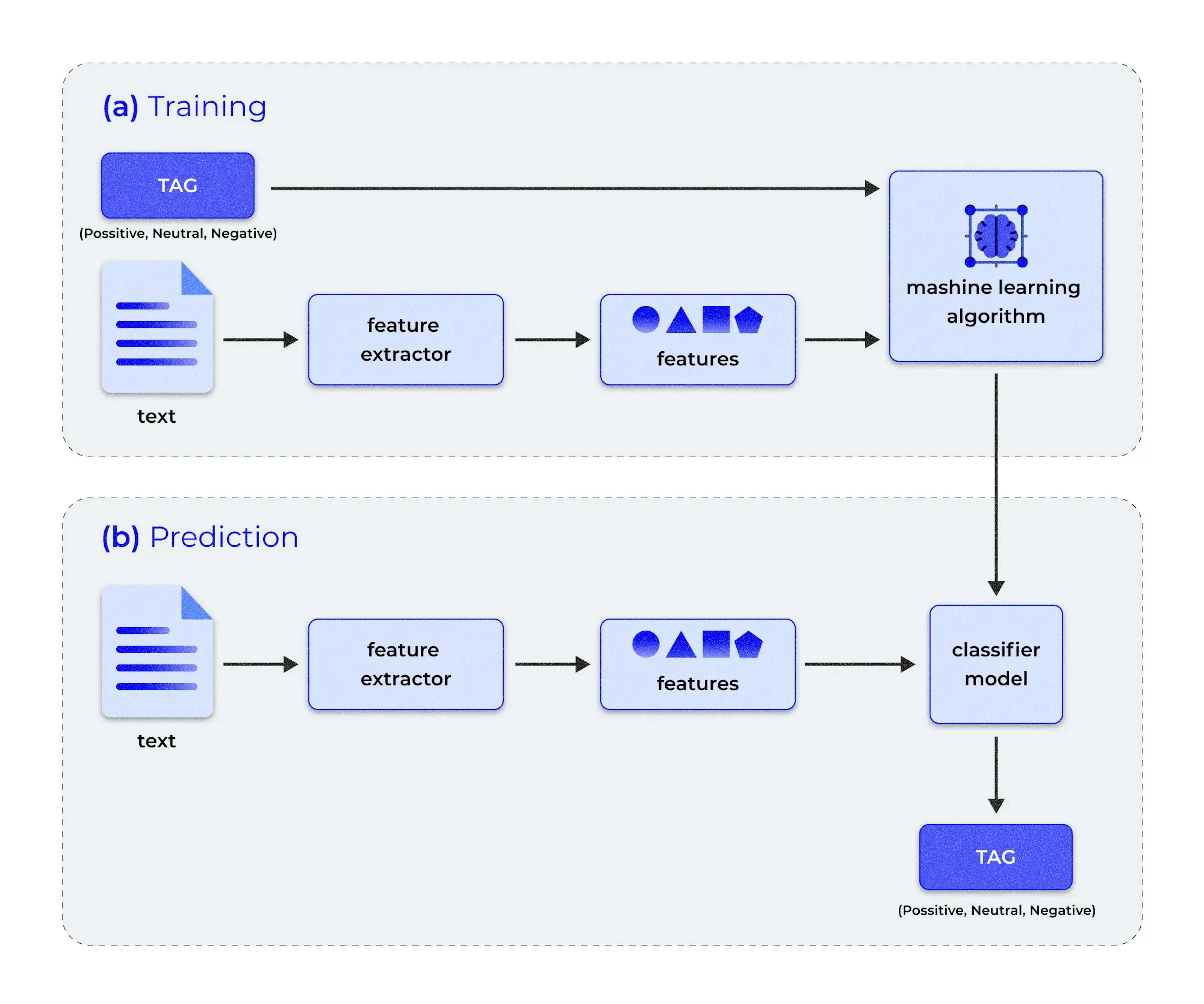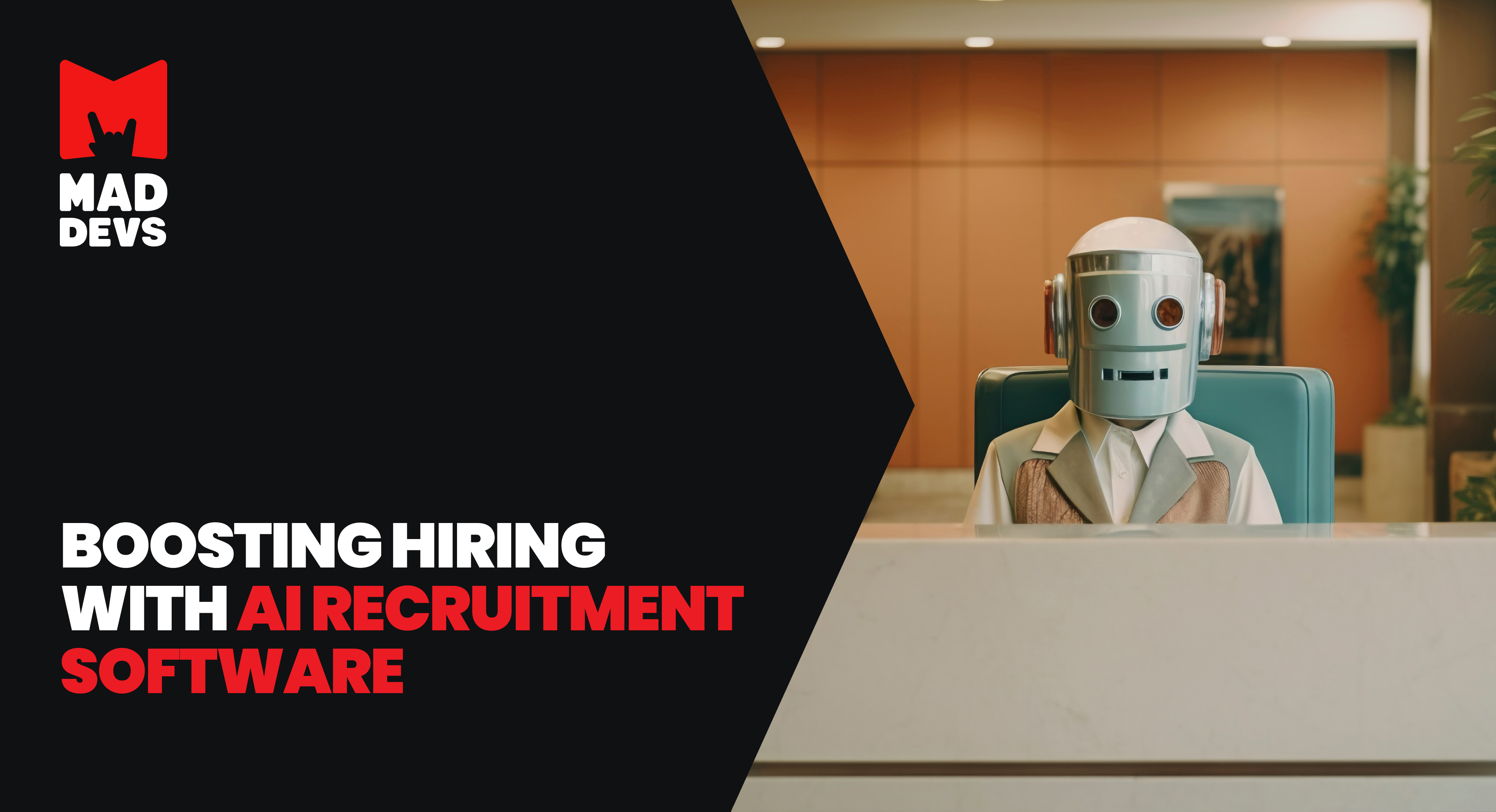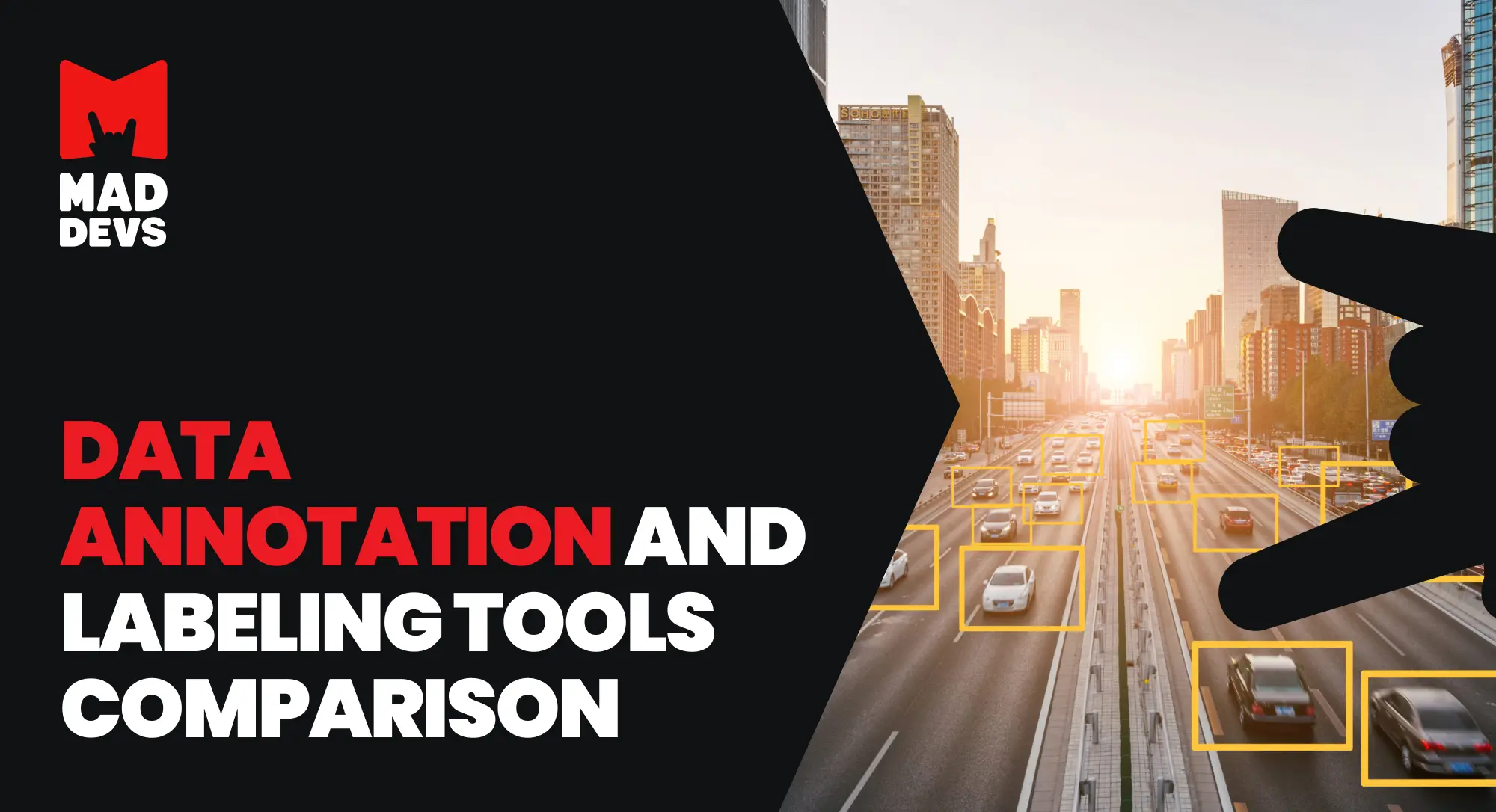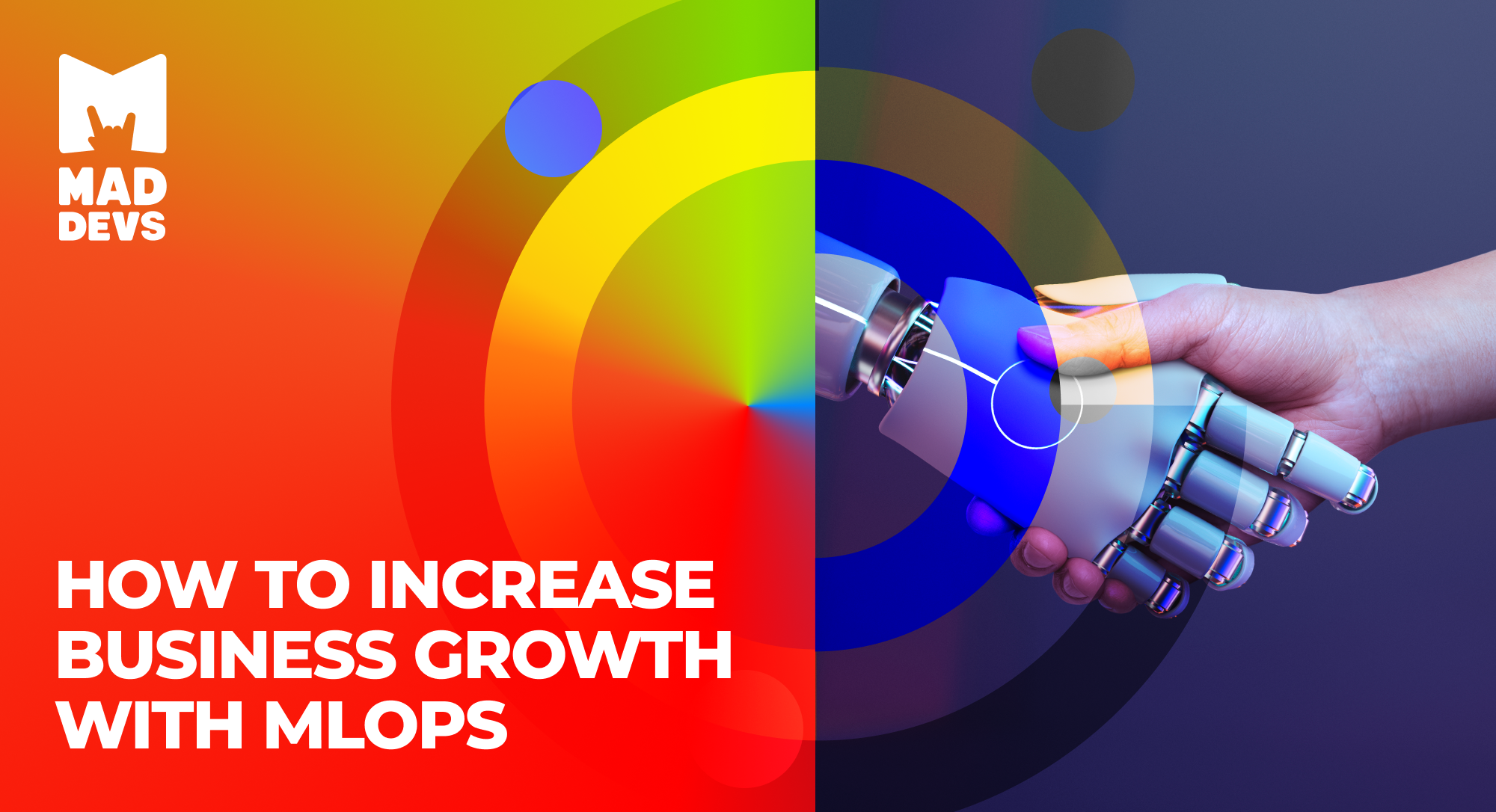Throughout any company, the Human Resources (HR) department plays a crucial role because, for every company, it's critical to hire the appropriate personnel. According to Beapplied, 75% of that person's annual income is the price of making a wrong hiring decision based on unconscious prejudices.
However, determining what is "correct" and what really counts is only a human prerogative. As part of the recruitment and staffing process, the role of Natural Language Processing (NLP) is to free up time for meaningful human contact.
NLP technology is deployed to overcome the issues of excessive information and lack of attention. Hence, the recruitment process has become engaging, immersive, and more effective even in the virtual format.
According to CareerBuilder research, around two-thirds of job seekers value a transparent and informative job application process that involves regular updates from the company. Failure to establish effective communication with potential candidates may result in incomplete engagement and loss of interest and hinder the retention of suitable candidates.
So let's figure out what NLP is in HRM, how to create such a tool, or how Mad Devs can help you.
What is NLP?
From the beginning, NLP has been a field that employs various computer science and computational linguistics techniques. It supports machines in interpreting and comprehending the intricacies of spoken and written human languages. With NLP, algorithms can successfully translate and analyze human language, minimizing the communication gap between humans and computers.
For example, when you ask a virtual assistant to make a restaurant reservation, NLP algorithms analyze your command to determine your intent. They can differentiate between a specific request, such as "book a table for two at N Steakhouse at 8 PM tomorrow," and a more general one, like "book a table for two at N's." If necessary, the virtual assistant will ask follow-up questions like "what time would you like me to book your table?" to gather additional information and refine the request.
Another example, in human resource management (HRM), NLP can analyze job descriptions and candidate resumes to make the recruitment process more efficient. NLP can automatically extract relevant information such as skills, experience, and education from job descriptions and candidate resumes and match them to each other. This can save time and effort for HR professionals who would otherwise have to review hundreds or thousands of resumes manually. Another example of using NLP in HRM is to analyze employee feedback and comments to identify trends and areas for improvement in employee engagement and satisfaction. NLP can automatically classify feedback into different categories, such as communication, productivity, and work-life balance, and identify the most common complaints or areas for improvement. This can help HR professionals identify issues early on and take appropriate action to address them.
How does NLP work?

Let's see how it works. Data from a text can be analyzed using NLP tools, which transform the text into a machine-readable format. Machine learning (ML) algorithms can then be trained on this data by providing tagged training examples, allowing machines to learn associations between input data and corresponding outputs. This process enables machines to build a knowledge base through statistical analysis of the data, which can then be used to make predictions for new, unseen data.

Ultimately, the more data these NLP algorithms are processed, the more precise the textual analysis models will be. The greatest benefit of ML models is their ability to learn by themselves, without the need to set manual rules.
Common NLP tasks and techniques
The process of breaking down human language into machine-readable chunks involves both syntactic and semantic analysis.
- Syntactic analysis, sometimes called parsing or syntax analysis, is the process of detecting the grammatical structure of a text and the relationships between words, which are depicted on a graphical representation called a parse tree.
- The recognition of language meaning is the primary objective of semantic analysis. However, because language is capable of conveying multiple meanings and being vague, semantics is regarded as one of the most complex domains in NLP.
Following are some of the main sub-tasks of semantic and syntactic analysis:
- Tokenization. Tokenization is a crucial process in natural language processing used to divide a text into meaningful units called tokens.
- Part-of-speech tagging. To assign a part of speech category to each token within a given text, a process called part-of-speech tagging (PoS tagging) is conducted. Typical PoS tags include verb, adjective, noun, pronoun, conjunction, adverb and preposition, among others.
- Dependency parsing. The connection between words in a sentence is what dependency grammar refers to. Thus, a dependency parser examines how 'head words' are influenced and altered by other words, in order to comprehend the sentence's syntactic structure.
- Constituency parsing. Constituency parsing is a technique used to represent the entire grammatical structure of a sentence by identifying the phrase structure grammar. It involves using abstract terminal and non-terminal nodes that are associated with words . The goal is to create a visual representation of the sentence's syntactic structure.
- Lemmatization and stemming. Lemmatization and stemming are NLP techniques that reduce words to their base or root form, enabling normalization of text by grouping variations of words together. While stemming removes suffixes from words to obtain their root or base form, lemmatization is a sophisticated process that uses contextual information to obtain accurate base forms based on their definitions in dictionaries. Both techniques are widely used in NLP applications like search engines, sentiment analysis, and chatbots to improve natural language understanding and accuracy.
- Stopword removal. Stopword removal is a preprocessing step in NLP that involves removing common words from text data to allow models to focus on more meaningful words. This process is commonly used in different NLP applications such as sentiment analysis and text classification to improve accuracy.
- Word Sense Disambiguation (WSD). WSD is a technique used in NLP to identify the specific sense or meaning of a word in a given context . By accurately determining the intended meaning of a word, WSD helps improve the accuracy of NLP models in various applications like machine translation, semantic analysis, and information retrieval.
- Named Entity Recognition (NER). NER is a NLP technique that involves the identification and classification of named entities within text data , including individuals, organizations, locations, and more. NER is an important preprocessing step for various NLP applications such as information extraction, text classification, and question answering systems.
- Text classification. Text classification in NLP refers to the process of automatically categorizing text data into predetermined groups or categories using machine learning techniques. It is an important task in NLP and can be applied in various domains such as spam detection, sentiment analysis, and topic classification.
Generally, NLP technology uses a combination of techniques to understand and process human language, making it possible for computers to analyze, understand and respond to text in a way that simulates human communication. This technology has many practical applications, such as chatbots and virtual assistants, sentiment analysis, and language translation tools.
What is NLP in HRM?
HRM uses NLP techniques and tools to analyze employee and candidate data such as emails, resumes, feedback, and social media content. NLP algorithms take the unstructured text data and analyze it to extract useful information, including sentiment analysis, personality traits, competency, and areas of interest.
This can assist HR teams in decision-making related to hiring, talent retention, and improving employee satisfaction. NLP can also automate some HR processes, such as resume screening, candidate ranking, and employee feedback analysis. In summary, NLP is a valuable tool for HR teams to understand better and manage their employees and candidates.
How does NLP in HR transform the data into valuable insights?
NLP in HR refers to using natural language processing technology to analyze and transform unstructured HR data into valuable insights. Here's how it works:
- Data collection. The first step is to collect the HR data that needs analysis. This can include resumes, job descriptions, performance reviews, employee feedback, and more.
- Data cleaning and preprocessing. Before the data can be analyzed, it must be cleaned and pre-processed. NLP techniques can remove irrelevant information, identify and correct spelling and grammatical errors, and standardize the data.
- Text analysis. The next step is to analyze the text data to extract valuable insights. This can involve using NLP algorithms to identify topics, entities, sentiments, and other information from the text.
- Visualization. Once the insights have been extracted, the data can be visualized using charts, graphs, dashboards, and other tools. This makes it easier for HR professionals to understand and interpret the data.
- Decision-making. The insights can be used to make data-driven decisions about HR policies and practices. For example, analysis of employee feedback can be used to identify areas for improvement in the workplace culture, and performance review data can be used to identify high-potential employees and offer them development opportunities.
Ultimately, NLP in HR transforms unstructured HR data into valuable insights that can aid decision-making and improve workplace performance. Combining NLP tools and HR expertise can help organizations better understand their employees and create a work environment that supports their success.
Mad Devs' experience working with NLP in the HR process
Observing what kind of flow of candidates our recruiters have, we thought about how we could automate the workflow and slightly reduce the load. Without thinking twice, we began to work, and today we have original developments in this direction:
- A tool that analyzes speech in real-time with a delay of a few seconds. After transforming speech into text, it is analyzed from two positions.
- A tool that allows you to conduct an emotional assessment of candidates. As a result, the recruiter can see at what point in time and on what question what emotion the candidate experience. With this tool, you can build a heat map that will be useful in assessing a candidate. Like in the first instrument, there are time codes on the recording, which you can always refer to.
These technologies are developed and tested only within the company and on our internal materials. But we have plans to develop these technologies and turn them into a finished product, as we feel a special potential.
Interested in getting started working with NLP in HRM? Request a free consultation, and let us know how we can help you.
Applications of NLP in HRM
Today, NLP in HRM is a new technology gaining momentum, but finding one tool that will close all requests is hard. Therefore, as a convenience to you, we have prepared examples of tools for each direction:
Resume screening: HR professionals can use NLP to scan resumes and identify the right candidates for the job. NLP algorithms can extract keywords and phrases, match them with the job description, and rank the candidates based on their qualifications.
| RESUME SCREENING APPS | |
|---|---|
|
| Skillate uses NLP and ML to match resumes with job descriptions and rank candidates based on their skills and qualifications. |
|
| Gloat uses NLP and ML to screen resumes and identify candidates with the most relevant skills and experience for a given position. |
|
| Ideal uses NLP and ML to screen and rank resumes based on job requirements, historical hiring patterns, and candidate fit. |
Sentiment analysis: NLP can be used to analyze the tone of the job candidate during the interview process. The software can detect positive or negative sentiments, and this information can be used to predict how well they will fit into the company culture.
| SENTIMENT ANALYSIS APP | |
|---|---|
|
| Brandwatch offers a social media listening and sentiment analysis tool that uses NLP and ML to analyze online conversations and identify sentiment and key topics. |
Employee feedback: NLP can be used to analyze employee feedback and identify common themes and concerns. The data can then improve employee satisfaction, retention, and productivity.
| EMPLOYEE FEEDBACK APPS | |
|---|---|
|
| Glint offers an employee feedback and engagement tool that uses NLP and ML to analyze feedback from multiple sources, such as surveys, comments, and social media, and identify insights and trends. |
|
| Qualtrics offers an employee feedback and experience management tool that uses NLP and sentiment analysis to assess feedback from various sources and identify common themes, sentiments, and drivers of employee satisfaction and engagement. |
|
| Thematic offers an employee feedback analysis tool that uses NLP to analyze feedback from various sources and extract insights about employee experience, sentiment, and priorities. |
Job description analysis: NLP can be used to analyze job postings and suggest improvements to the text to attract more qualified candidates. NLP algorithms can also identify biases and use inclusive language to help increase diversity in the applicant pool.
| JOB DESCRIPTION ANALYSIS APPS | |
|---|---|
|
| GPT-4 from OpenAI powerful language generation tool can generate job descriptions based on specific inputs, such as required skills, experiences, and job titles. |
|
| Textio can analyze job descriptions and identify gender bias, negative language, or another problematic phrasing that could discourage qualified candidates from applying. |
Onboarding process: It is a crucial step in employee recruitment. Long-term employee retention starts here. Therefore, new employees must feel comfortable and follow smooth onboarding processes to feel confident in their work in the future. Advances in artificial intelligence (AI) and NLP technology have the potential to make the entire process more transparent and better than ever.
| ONBOARDING PROCCESS OPTIMIZATION APPS | |
|---|---|
|
| ChorusAI offers NLP-powered tools for analyzing sales conversations and identifying key trends and themes, which can be useful for onboarding new sales reps. |
|
| WorkFusion offers an AI-powered tool for automating repetitive manual tasks in HR and other departments, helping to streamline the onboarding process and reduce errors. |
Social media analytics: Today, there is an amount of information and data on the Internet, which has changed how Big data can be used. As a result, you can obtain data from social media platforms to find relationships between demographic information, language use, and individual social interaction.
| SOCIAL MEDIA ANALYTICS APPS | |
|---|---|
|
| Social media monitoring tool that allows HR professionals to track brand mentions and monitor social media conversations about their organization. |
|
| Customer experience management platform that provides sentiment analysis and social media monitoring capabilities. |
|
| Cloud-based NLP service that analyzes text and provides insights into the emotional tone and sentiment of a particular piece of content. |
Chatbots: NLP can create chatbots and automate HR tasks such as answering employee questions, scheduling interviews, and providing onboarding information.
| CHATBOTS | |
|---|---|
|
| IBM Watson Assistant offers an AI-powered chatbot builder that can be used to create custom chatbots for HRM, including onboarding, employee support, and benefits management. |
|
| BotCore offers a chatbot builder that can be used to create custom chatbots for HRM, including onboarding, employee engagement, and performance management. |
As you can see, today, there is no one tool with extensive functionality that would cover all the needs of the company. In addition, there are other pitfalls in adopting NLP tools in HRM.
Bottlenecks in adopting NLP to HR
One of the potential bottlenecks in adopting NLP to HR is the lack of vendors or solutions solely focused on advanced NLP for HR processes. This can make it challenging for HR professionals to find and implement NLP-powered tools and technologies tailored to their specific HR needs.
Additionally, there may be technical challenges in developing and integrating NLP-powered solutions with existing HR systems and platforms. Another challenge could be the cost of implementing such solutions and the need for specialized expertise to develop and maintain them. Nevertheless, with the growing importance of HR analytics and the increasing demand for data-driven HR solutions, we can expect to see more organizations investing in NLP-based technologies for HR in the future.
Why can NLP be the next big thing in business?
According to HBR, NLP has the potential to be the next big thing in HRM, as it can help automate and streamline many HR processes. For example, NLP can analyze job postings and resumes to identify the most qualified candidates for a role, reducing the time and effort required for manual screening.
Moreover, NLP can help overcome language barriers and facilitate communication between HR managers and employees who may have different native languages, a particularly important factor in global organizations. Tools such as chatbots and virtual assistants, which use NLP technology, can improve the employee experience by providing quick and automated responses to frequently asked questions.
Evaluating a person's emotional state when certain issues influence them can be very important. Sometimes it can be difficult to immediately count and remember all the emotions, especially when there is a stream of interviews. And since the devil is in the details, such little things can be essential when looking for a specialist.
Besides, such an assistant will be an excellent assistant during the interview. In quiet times, a recruiter can have from four to six candidates, and in hot weather, more than ten. A lot depends on the company. With such a flow, it becomes difficult to perceive some nuances, as the brain can be overloaded and attention blurred. In such a situation, the assistant can control and suggest which items were not discussed and what should be paid special attention to.
In addition to all of the above, it is worth highlighting separately the possible low technical qualifications of recruiters. Some companies are unwilling to spend much time and money on training recruiters. And if the recruiter fails, it falls to the technician. This can be costly for the company, as it will have to spend its time on the analysis of a specialist.
Using NLP in business can revolutionize how language data is processed and used. As technology advances and becomes more accessible, it will likely become an increasingly important tool in business.
Final words
The analysis and interaction of language-based data are being transformed by Natural Language Processing, which trains machines to comprehend text and speech to execute automated tasks. These tasks include translation, summarization, classification, and extraction.
HR is the leading candidate for adopting NLP-based technologies as this sphere is inherently people and communications oriented. This is a great opportunity for HR. Additionally, HR will gain greater intelligence and leverage within the organization.



























